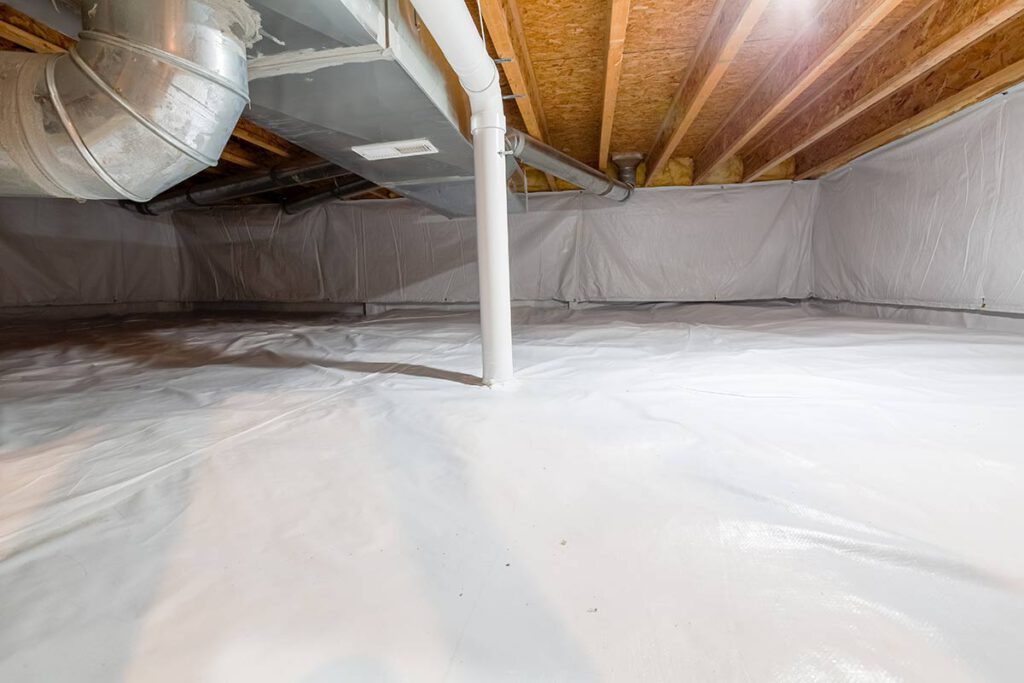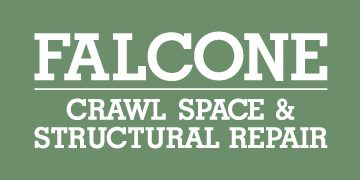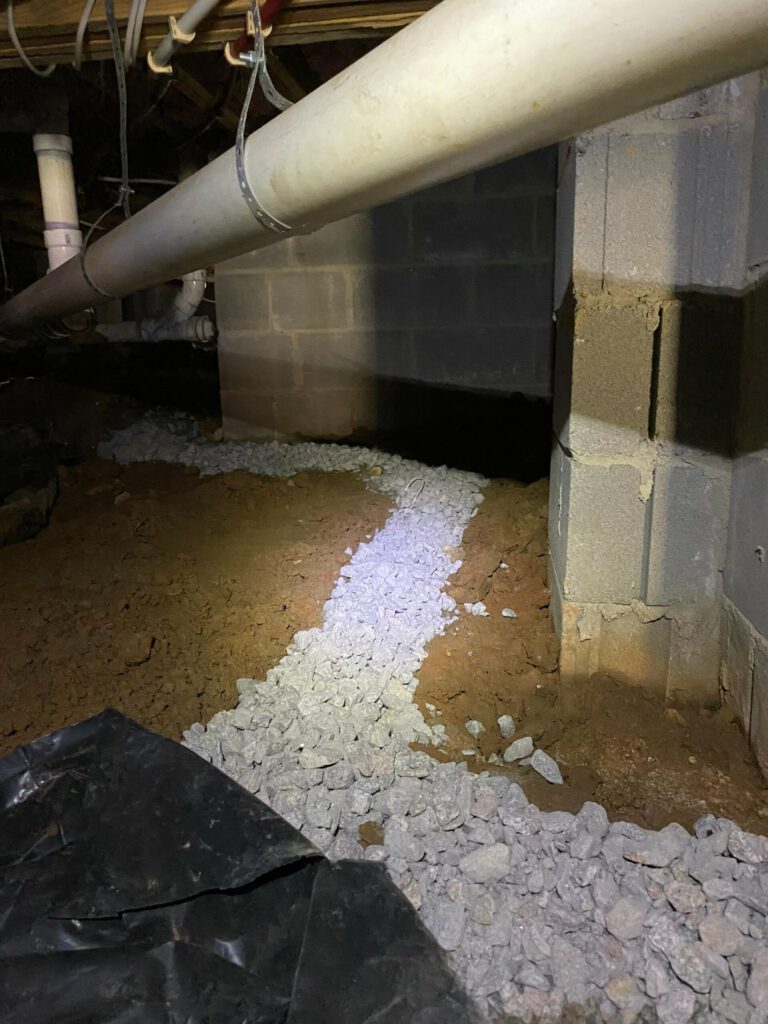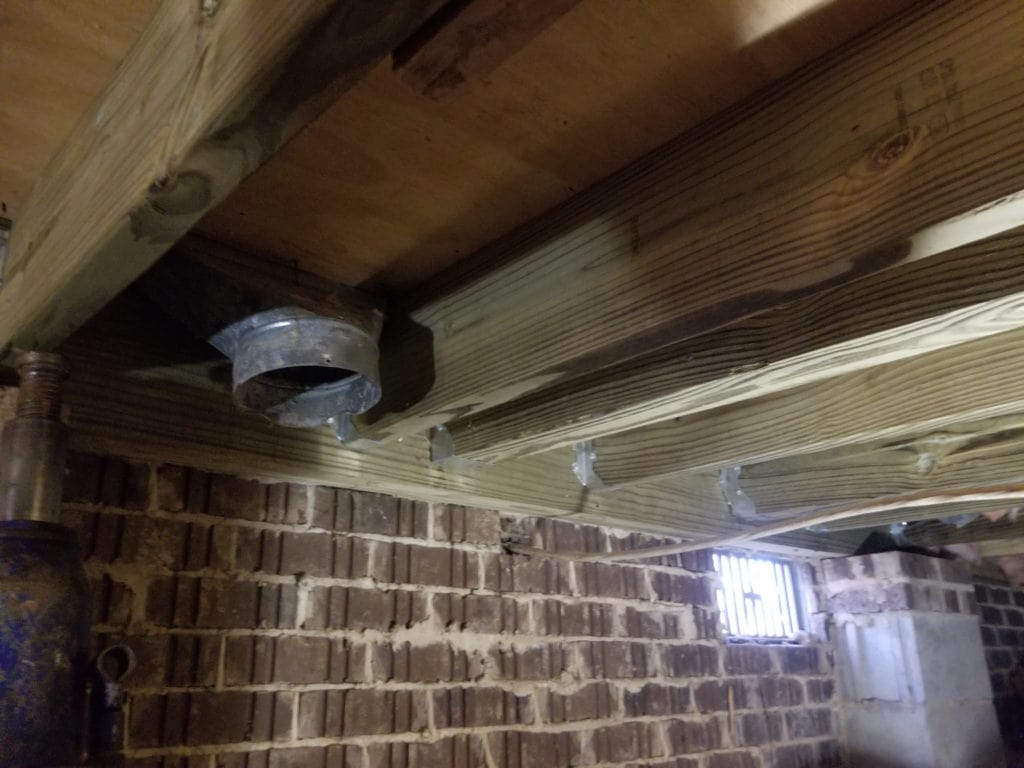What is Crawl Space Encapsulation?

Crawl space encapsulation is one of the best tools homeowners have to keep their crawl spaces dry. Nobody likes damp, musty crawl spaces, and the presence of such issues can also result in problems with your home’s structural integrity. Getting your crawl space encapsulated sooner rather than later is an excellent strategy.
Learning more about what this process is, how it is accomplished, and the benefits can help you make a good choice.
What Happens During Encapsulation in a Crawl Space?
A short definition of encapsulation in a crawl space is the installation of a water vapor barrier to waterproof your crawl space. This barrier is usually installed on the walls as well as the flooring to offer the best overall protection for this space.
Moisture will be less likely to accumulate in or enter this space. You’ll be able to keep your crawl space clean and dry by protecting it from weather-related moisture damage. With the Carolinas often having high humidity during the summer, taking this step can help keep your house more inhabitable.
What Happens During Crawl Space Encapsulation?
One of the first steps during crawl space encapsulation is to remove damaged insulation and other debris. A crawl space professional will determine whether other repairs are necessary before beginning the encapsulation process.
Any openings on the side walls and vents will be sealed off, which stops are inflow that allows for greater humidity. The contractor will take steps to remove the existing moisture. A dehumidifier, which can be permanently installed, might be part of this process.
Insulating the walls to prevent heat transfer is a crucial next step after the humidity and moisture levels are down. The contractor will install the vapor barrier, making sure it is secure against leaks. Once this project has been completed, you will be more likely to enjoy a clean and dry crawl space.
What Are Some Unique Benefits of Encapsulation?
Improved air quality is one of the top benefits of having your crawl space encapsulated. Two of the things that this process helps protect against are mold and mildew, which homeowners will want to prioritize eliminating.
Another advantage of these vapor barriers is that they make it harder for pests like insects and rodents to take up residence in your crawl space. Any pests that bore into and otherwise damage wood will also be more easily deterred.
Encapsulation provides a distinct advantage over sealing because it involves the crawl space’s whole interior instead of just the floor. Depending on the circumstances, you may also be able to have insulation put on your walls. When you can choose this option, you’ll enjoy greater energy efficiency.
Is Your Home a Good Candidate for Encapsulation?
If your home has a crawl space, encapsulation is never a bad idea. With the increased energy efficiency, this project will pay for itself in no time, and the pest prevention it offers is hard to beat.
North and South Carolina both have a humid climate in the summer, which makes homes in this area excellent candidates. If the soil around your home has a high moisture content, your crawl space might be more vulnerable to moisture damage.
If anyone in your home has allergies or you’ve noticed signs of mold or mildew, getting your crawl space encapsulated should probably be a priority. You’ll find the benefits for your family’s health worth the cost.
Once you’ve decided that you want to encapsulate your crawl space, it’s important to find the right professionals to help you. Falcone Crawl Space offers a full range of services for crawl spaces so you have help that goes beyond encapsulation if needed. Contact us today for your crawl space encapsulation needs.


